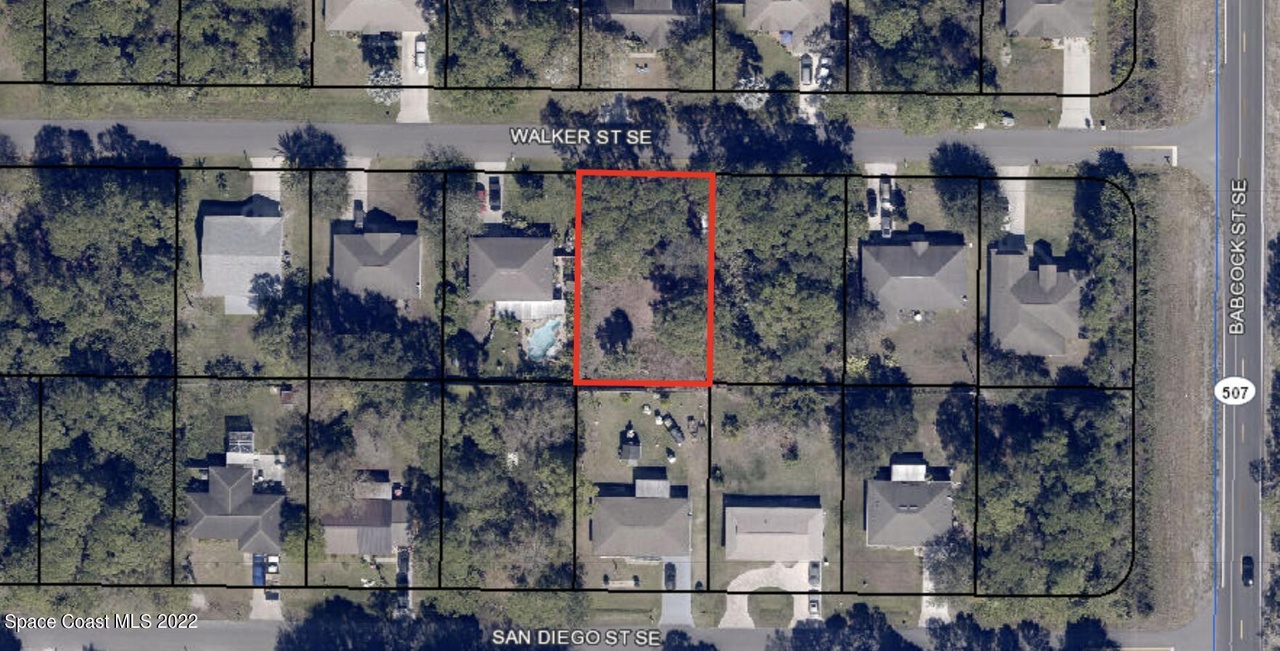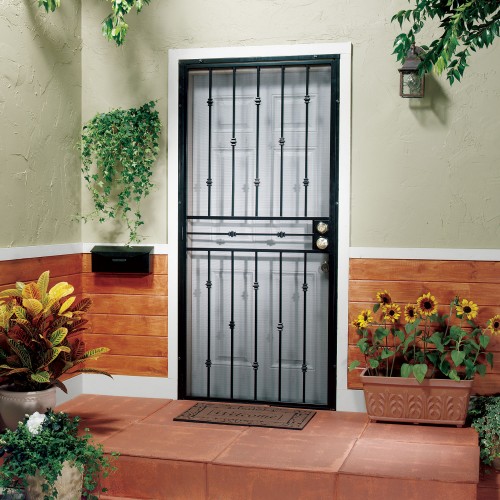Guide to Drywall Sizes
Table of Content
However, there are still manufactured homes with 2”x3” interior wall studs. Drywall changed the building industry when it came on the scene about a century ago. There is very little difference between the two when it comes to usage. Mobile home interior trim selections include 2" crown and base moldings and 1" cove molding, all available in 10-foot lengths. You'll also find chair rail molding, 7-foot, 2" casing and 8' outside corner pieces.
These small sheets can be useful for patching jobs or wall-boarding small nooks and alcoves. In addition to being easy to install, drywalls are also one of the most energy-efficient wall materials out there. Drywalls keep the house insulated from the outside which translates into a cooler house during the summer and warm during the winter. Drywalls are also an economic option, being simple to maintain and repair because you can take out the section that needs to be replaced instead of having to replace the entire wall. The standard drywall thickness to use on ceilings is 5/8-inch drywall. These thin drywall sheets are also valuable when you need to install drywall on slightly curved surfaces.
How do you drywall a mobile home wall?
One advantage of these longer sheets is that you can create a smooth vertical surface to meet higher ceilings, creating a smooth surface that is completely unbroken from floor to ceiling. Sixteen foot-long drywall, when installed horizontally on a wall, produces fewer butt joints than 8-foot-long sheets. If you are intending to work with 16-foot lengths of drywall, you need to have several people on hand to help you with the installation. Paneling used to be a popular wallcovering in a variety of homes.

Replacement of mobile home roofing costs between $1,000 and $3,000. Single-wide homes with a size range of 600 to 1,300 square feet are included in these calculations. Stick-built homes tend to appreciate, whereas manufactured homes depreciate in value over time. Remodeling or adding upgrades is less likely to make financial sense as a mobile home gets older.
4-Inch-Thick Drywall
When you register or interact with an MHVillage website, your provide information such as your name, address, email address, zip code, telephone numbers, and other information. You may also provide information about your home if you list it for sale or request a valuation. Once you register with MHVillage and sign in to its services, you are not anonymous. This policy does not apply to the practices of companies that MHVillage does not own or control, or to people that MHVillage does not employ or manage.

Any knife marks can be smoothed out by wiping over the joint with a damp sponge once the compound has begun to set. However, houses with ceramic tiles walls can be very cold during winter, which can make for some very uncomfortable Christmases and increase the price of your heating bill. Painting ceramic tile walls can also be expensive, since it requires extensive preparation before the painting can settle on the tiles. They are also hard to install, requiring the help of a skilled professional to avoid making your walls look uneven. Older manufactured homes that were built around 1960 and 1970 tend to be built with artificial wood paneling.
What are VOG wall panels?
How Manufactured Homes Build Walls Studs, or wood boards, are used to build walls. In a manufactured home, studs are vertical boards that are usually 2′′ x 4′′ and spaced every 16′′. In conclusion, the main differences between drywall and Sheetrock™ include types, sulfur quantities, and usage. Being sulfur-free is a clear advantage that separates Sheetrock™ from most drywall types. This size is also commonly used for ceilings as they are durable, long-lasting, and won’t sag over time. While both are thicker than regular drywall, Type X provides up to an hour of protection from fire, while Type C can provide up to four hours of protection.

It’s also less risky than living in a home built specifically for you. A common remodel is to remove a few walls and design modern, open living spaces. Gypsum wall and ceiling panels are used by manufactured home builders. In mobile home trailers, exterior studs should be 16 inches apart. You don’t want your mirror to fall and crash on your wall, and coat hooks on the walls must be strong enough to hold objects. This information on internet performance in Gunzenhausen, Bavaria, Germany is updated regularly based on Speedtest® data from millions of consumer-initiated tests taken every day.
Mobile home ceiling panels sold here are high-strength, textured units that are fire-resistant and have built-in moisture and vapor resistance. These mobile home ceiling tiles are easy to install and are warranted against visible sag for five years. This category section also offers a selection of wallboard, wallboard batten and 12' lengths of mill-finished, aluminum floor seam binders. Plaster is a building method which involves applying plaster over narrow wooden strips or a board which is nailed to a vertical frame or wall stud. When installed on ceilings, 5/8-inch-thick panels are less susceptible to sagging between the joists than 1/2-inch panels. Adding popcorn textureor another type of heavy surfacing material can add to the weight problem, making 5/8-inch drywall a better choice for ceilings.

In ordinary residential construction, doubling up drywall thickness can reduce sound transmission and make for sturdier walls. Common drywall thicknesses are 1/4-inch, 1/2-inch, and 5/8-inch. Building codes do have some requirements when it comes to the thickness of drywall panels.
The wall studs are spaced to support 4-by-8 panels, so the mobile home drywall, which comes in 8ft by 4ft sheets, should be no problem to install. Choose the thinnest drywall sheets you can get, 3/8-inch is lighter than 1/2-inch and will be easier to handle and come with a tapered edge or straight edge. Once you have measured the area you need to cover, and estimated the number of sheets needed, add a percentage to your total for waste.
Single-wide mobile homes are designed to be light, but the walls of most of them still contain wooden studs. Manufacturers often cover the walls with 1/4-inch paneling, but the studs can support drywall, so there’s nothing preventing you from removing the paneling and replacing it. Paper On Gypsum wallboards used to have a 5/16” thickness, but the majority of new Clayton homes now have 3/8” thickness. Instead of using standard drywall, manufactured homes usually use vinyl-on-gypsum wall panels. The “dimpler” will allow the screw to penetrate the mobile home drywall without puncturing the paper.
Comments
Post a Comment